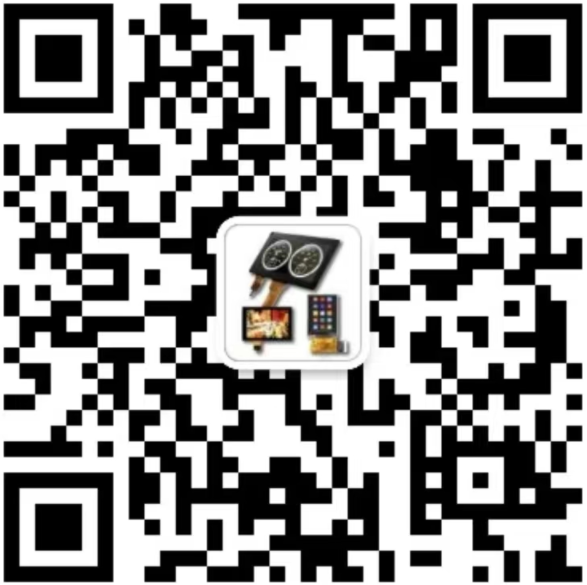Simply put, a liquid crystal display (LCD) is a parallel plate capacitor with a dielectric between the plates. However, it's not quite that simple. First we select glass coated with a transparent metal coating for the electrodes of the display. The glass is usually a soda lime type but in some instances it can be a more expensive borosilicate type. The transparent metal coating can be any thin layer of conductive material, such as gold, silver or tin. In order to keep the cost down and the have a reasonable process window with a highly transparent coating, the industry has been using indium-tin oxide (ITO) as the preferred electrode material.
Photoresist is then put on top of the transparent metal coating and a photolithographic process is used to image patterns in the photoresist. These patterns can be segments of numeric digits or they can be icons that represent various functions. The exposed patterns are then developed and the glass is sent through an acid bath where the excess metal coating is removed. The remaining photoresist is stripped off and the patterned segment and common plane electrodes have been generated.
After the electrodes have been made, an insulating layer is put on top of them. This is a silicon dioxide layer that is used to seal the electrode surface, act as an electrical barrier, and index match the electrodes and the glass. The next layer to be applied is the liquid crystal alignment layer. This is usually a polyimide type material and has been chosen for its environmental stability in high moisture and heat. More importantly is its ability to cause the molecules of liquid crystal to align their long axis in the direction in which the polymer has been buffed.
We then buff the two halves of the display at right angles to one another and since the liquid crystal molecules like to arrange themselves parallel to one another, we cause a helical structure to be formed between the two electrode faces. This helical structure is a 90 degree rotation of the liquid crystal molecules from one side of the display to the other. After the polymer is buffed, a glue ring or seal is printed on the glass. This is a thermoset epoxy type material with a very high glass transition temperature.
We then apply a small spot of conductive epoxy to connect the common plane electrode on the top piece of glass to the segment plane which is on the bottom piece of glass. This conductive epoxy is called a crossover dot.
To make the display uniform in appearance, spacers are then applied. These are usually glass rods that have the desired diameter to produce a fixed gap between the glass plates. Depending on the liquid crystal used, this gap can be between 6 and 8 microns. The two halves of the display are then heat sealed together. A very thin, uniform, flat and empty bottle has been formed.
A liquid crystal is put inside this bottle by using a vacuum filling technique. The liquid crystal (dielectric material of our capacitor) is selected for it's various physical properties. The application may call for a liquid crystal fluid that has a very low operating voltage or the display may be used outdoors and require a very wide temperature range. Display manufacturers have developed several liquid crystal mixtures to fulfill most applications.
Once the liquid crystal has been put inside the display and the port opening has been sealed, a polarizer is put on the front and an analyzer (another polarizer) is put on the back. If everything has gone as planned, we will have a device that can present the desired information to an observer. In other words, you will have a device similar to what is seen in calculators and gas pumps. With a little imagination, many variations of displays can be made.











